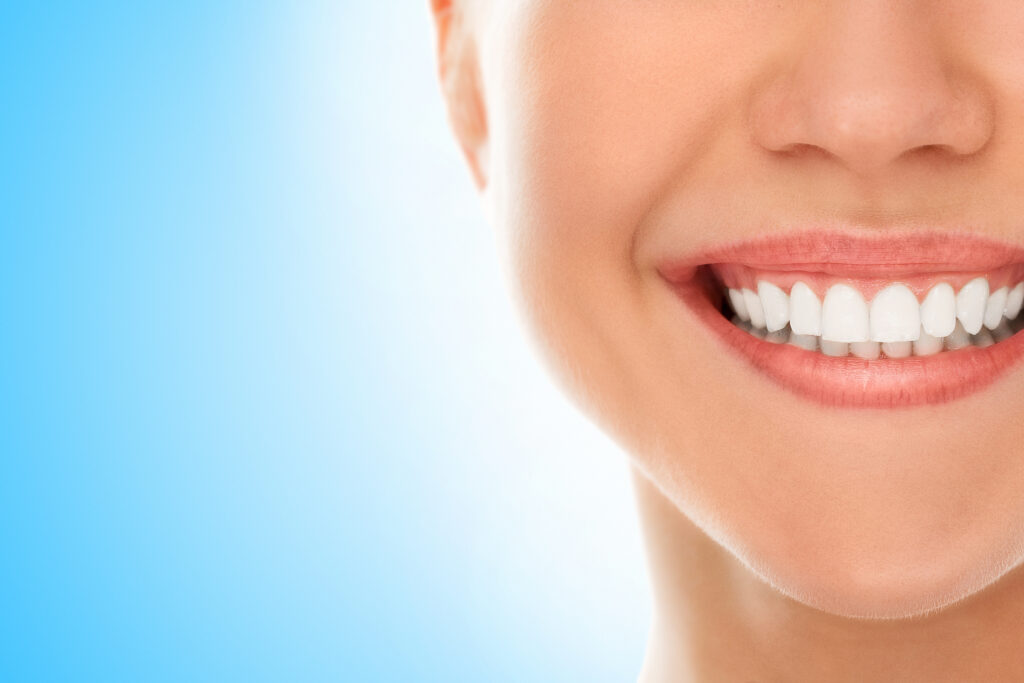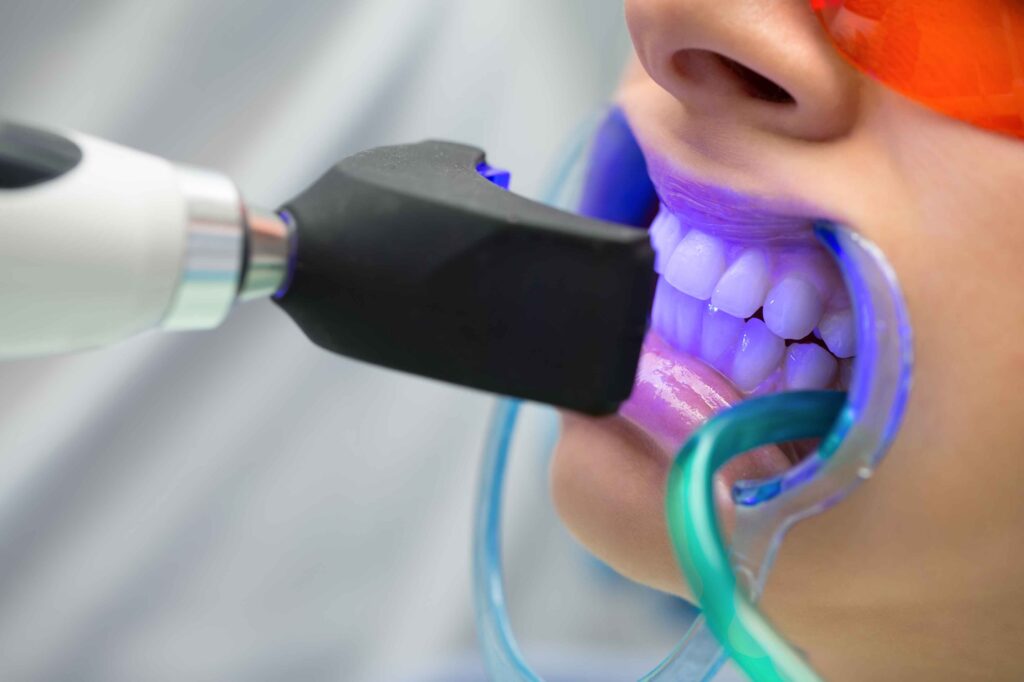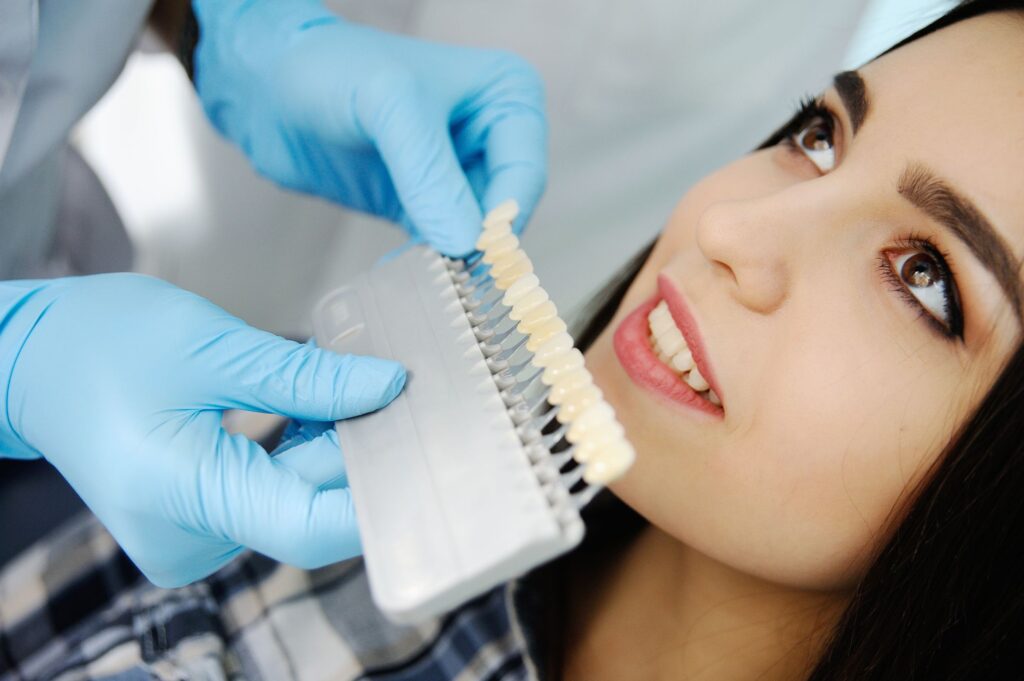Intrinsic and extrinsic. While traditional cleaning methods like debridement or prophylaxis can tackle extrinsic stains, teeth whitening sets its sights on the more elusive intrinsic stains. These intrinsic stains, deeply embedded within the tooth, require the specialized powers of whitening treatments to be vanquished.
Extrinsic stains, on the other hand, arise from external factors that leave their mark on the tooth’s surface. Picture the blood-red saliva associated with betel leaf, imparting a red-brown to nearly black hue upon our precious teeth. Tannin, a chromogenic agent found in popular indulgences like coffee, tea, and red wine, can also tarnish our smiles, casting a brownish shadow upon the enamel. Even seemingly innocent delights such as curries and tomato-based sauces can conspire to leave their mark.
But there’s more to the story. Certain topical medications, like chlorhexidine mouthwash, can bind to tannins, leading to extrinsic staining in individuals who enjoy coffee, tea, or red wine. However, fear not, for these stains are but temporary visitors that can be banished with proper brushing and oral care.
Metallic compounds also pose a threat to our teeth’s radiance. Whether through medicinal use or occupational exposure, iron, iodine, copper, nickel, and cadmium can leave their colorful Imprints, ranging from black to green and yellow-brown.



